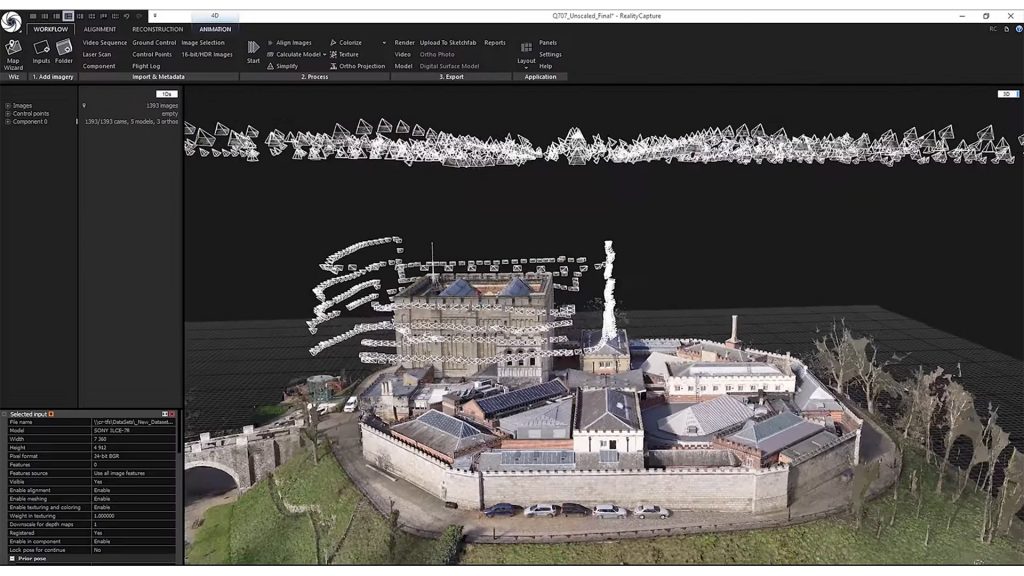Capturing Reality, the Slovakian photogrammetry software developer, has joined the Epic Games family
Unreal Engine is to get new reality modelling capabilities, following the announcement that Slovakian photogrammetry software developer, Capturing Reality, has joined the Epic Games family. The company’s RealityCapture software can be used to reconstruct objects and scenes of ‘any size’ from images or laser scans.
By integrating the software into the Unreal Engine ecosystem it will be easier for developers – and AEC firms – to upload a collection of photographs and create photorealistic 3D models.
According to Epic Games, the software can yield 3D scans with ‘unparalleled accuracy and mesh quality at speeds many times faster than competing software’.
Epic Games has stated that the Capturing Reality team will continue to grow and work closely with the Unreal Engine team to make the technology ‘more accessible and affordable’.
In fact, in true Epic Games fashion, pricing for all new and existing customers will be immediately reduced. An unlimited, perpetual enterprise license is available for $3,750 USD (down from €15,000 EUR) and pay per use credits start at $10 USD.
In addition, the company has stated that RealityCapture will continue to be supported outside of Unreal Engine.
AEC Magazine’s thoughts on Unreal Engine photogrammetry
While this move will certainly be of big interest to those in gaming, visual effects and film as a quick and easy way to generate high quality 3D assets, it will also be of great significance to the AEC sector.
It will give Unreal Engine direct access to a data type that is increasingly being used throughout design and construction.
Unreal Engine is already connected with CAD and BIM models through Datasmith and last year got native support for point clouds (importing, visualising, and editing).
Now users will be able to bring in 3D reality capture data derived directly from photographs without having to go through third-party software for processing.
This could be useful for a variety of applications – not just for design viz, but also for capturing constantly changing site conditions or even entire cities. With the right software partners, it could help smooth the path for Unreal Engine to be used for emerging workflows in AEC such as construction verification and digital twins.
Unreal Engine’s ace card it its large model performance (watch this incredible video about the forthcoming Unreal Engine 5.0).
With point clouds, for example, the software uses a dynamic Level of Detail (LoD) system and a ‘point budget’ approach so users can maintain ‘steady performance levels regardless of how dense the overall point cloud is’. We expect this same approach will apply to meshes derived from photogrammetry.
“Unreal Engine’s ace card it its large model performance. With point clouds, for example, the software uses a dynamic Level of Detail (LoD) system and a ‘point budget’ approach so users can maintain ‘steady performance levels regardless of how the overall point cloud is”
This will compare favourably against handling point clouds in BIM applications, which typically suffer from performance issues with large data sets.
Of course, the big attraction of photogrammetry to AEC firms is the cost and speed of data acquisition. With the RealityCapture software, photos can be taken via drones, smart phones or from cameras attached to cranes, excavators or hard hats, which can make it more accessible than laser scanning and / or SLAM.






